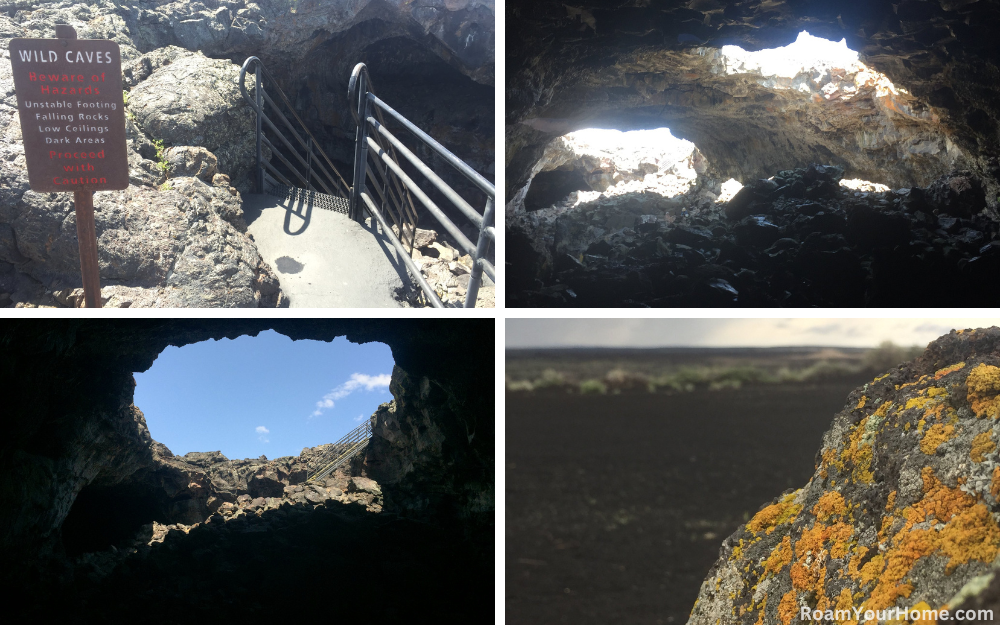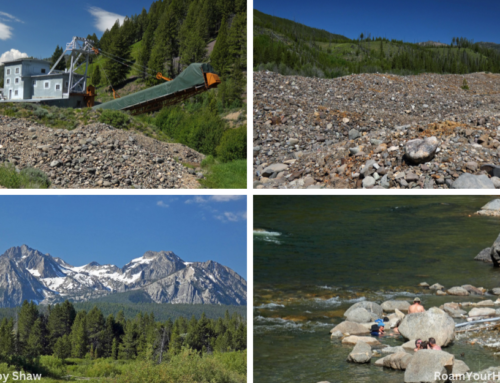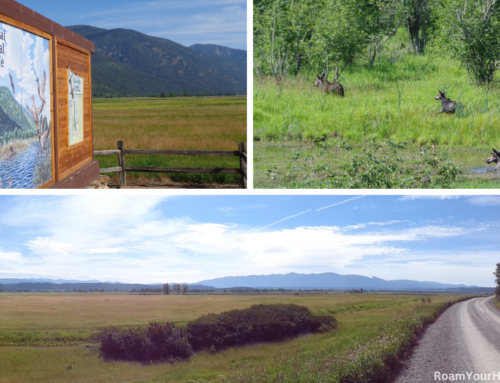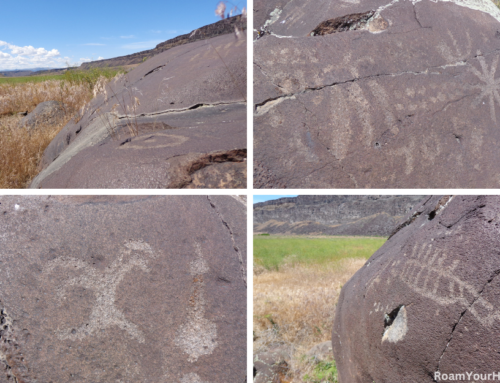
Hiking Indian Tunnel at Craters of the Moon National Monument
Craters Of The Moon National Monument & Preserve is in Snake River Plain in central Idaho. The park is in a very remote section of the Gem State, about halfway between Boise and Yellowstone National Park. The nearest town is Arco, Idaho, with a population of 900. Its claim to fame is being the first community in the world to be powered by electricity generated solely by nuclear power.
The monument offers many incredible things to do, including wonderful trails and incredible backcountry opportunities. At night, the Milky Way streaks across the sky, making for some of the best star-watching I’ve ever seen. When I visited on a spring weekend, I camped at the Lava Flow Campground for a couple of nights and was blown away by the truly astonishing landscape.
Exploring Indian Tunnel in Craters of the Moon
I woke early after making a quick breakfast and a cup of coffee, I set out for a day of exploring, determined to make the most of only a full day in the park. A major highlight that I was very excited to do was Indian Tunnel.
To explore any cave or tunnel at Craters of the Moon, you must obtain a free cave permit from the visitor center. The permit helps stop the spread of a fungus that causes white-nose syndrome, which kills bats nationwide.
The trailhead for Indian Tunnel is located at stop number 7 along the park road. The Caves Trail is a 1.6-mile hike that provides access to Indian Tunnel and Dew Dropdop Cave.
On my visit, I just did Indian Tunnel and was blown away by Indian Tunnel It is the largest lava tube in the cave area. It is over 30 feet high, 50 feet wide, and approximately 800 feet long. It was still early in the morning, but the sun was already heating up. Hiking amongst lava rock in the full sun is always a warm experience. After about three-fourths of a mile, I got to the entrance and went down the metal stairs into the cave.
Temperature Drops in the Cave
It was immediately at least 10 to 15 degrees cooler in the cave than above. There was a cool, slow breeze once I got down, which felt just a bit humid. Turning on my headlamp, I crept in. Looking up, the ceiling was covered with lava stalactites that formed as the river of lava lowered and the molten material dripped. I continued walking and passed a giant “skylight” and could see bright blue skies overhead. This sunlight allows yellow and green mosses and lichens to grow on the moist, dimly lit walls. I spotted a few violet-green swallows flying around. They likely nest in the cavities and cracks in the cave.
There is a rough path through the cave, but it is still plenty rocky. In places, especially climbing out, you must go over some fairly large lava rocks. I was happy I had worn pants and long sleeves, the rocks were super sharp in places.
I recommend getting there early. I had the entire cave to myself, and it was a very interesting experience and feeling to be down there completely by myself. I love it and would very much recommend you check it out if you are ever in central Idaho. You won’t regret visiting Craters of the Moon.



